Category: Use cases
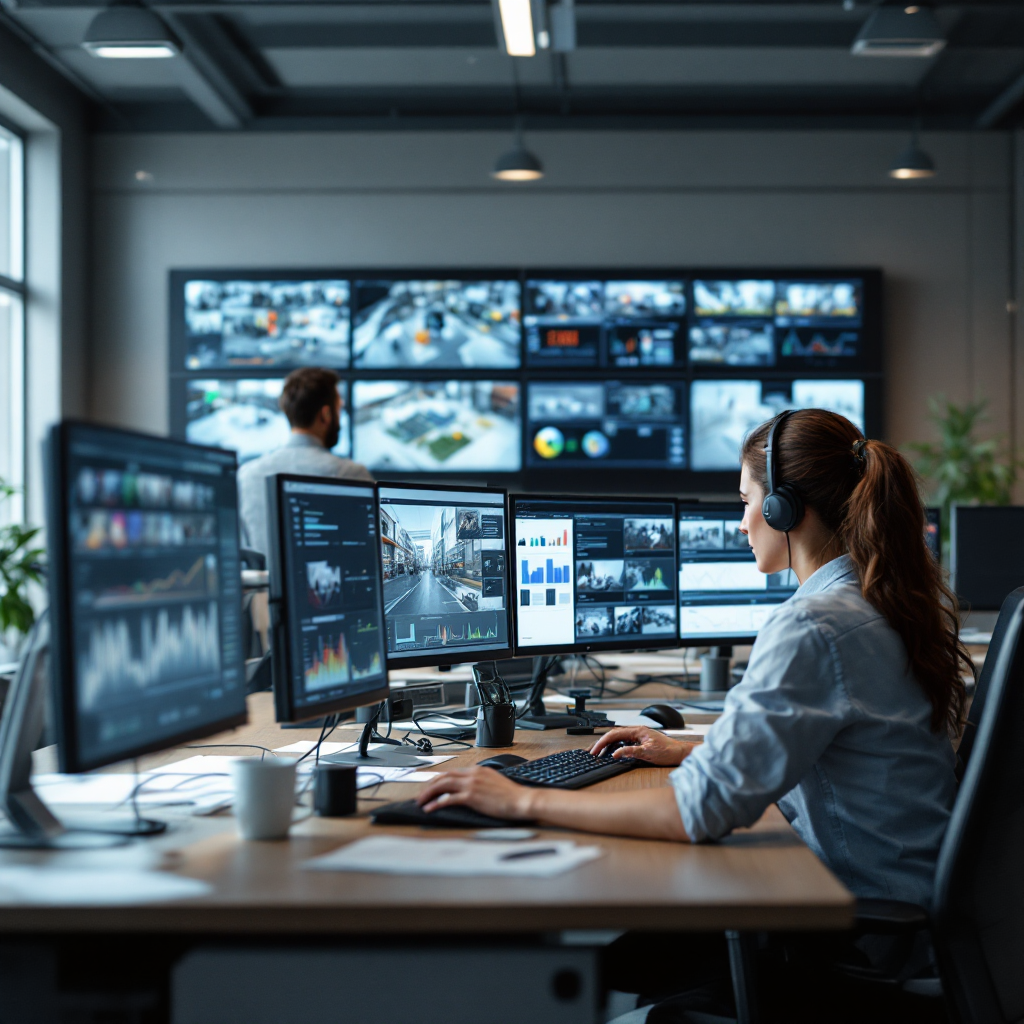
Integrate AI video analytics with Milestone XProtect
Understanding AI Capabilities in Milestone XProtect VMS AI transforms passive CCTV into an operational sensor network. First, AI adds pattern recognition, classification, and analytics that run on video feeds. Next, these capabilities let teams detect events faster and reduce manual review. For example, Milestone’s generative AI plugin automates video review and “helps operators contextualize alarms […]
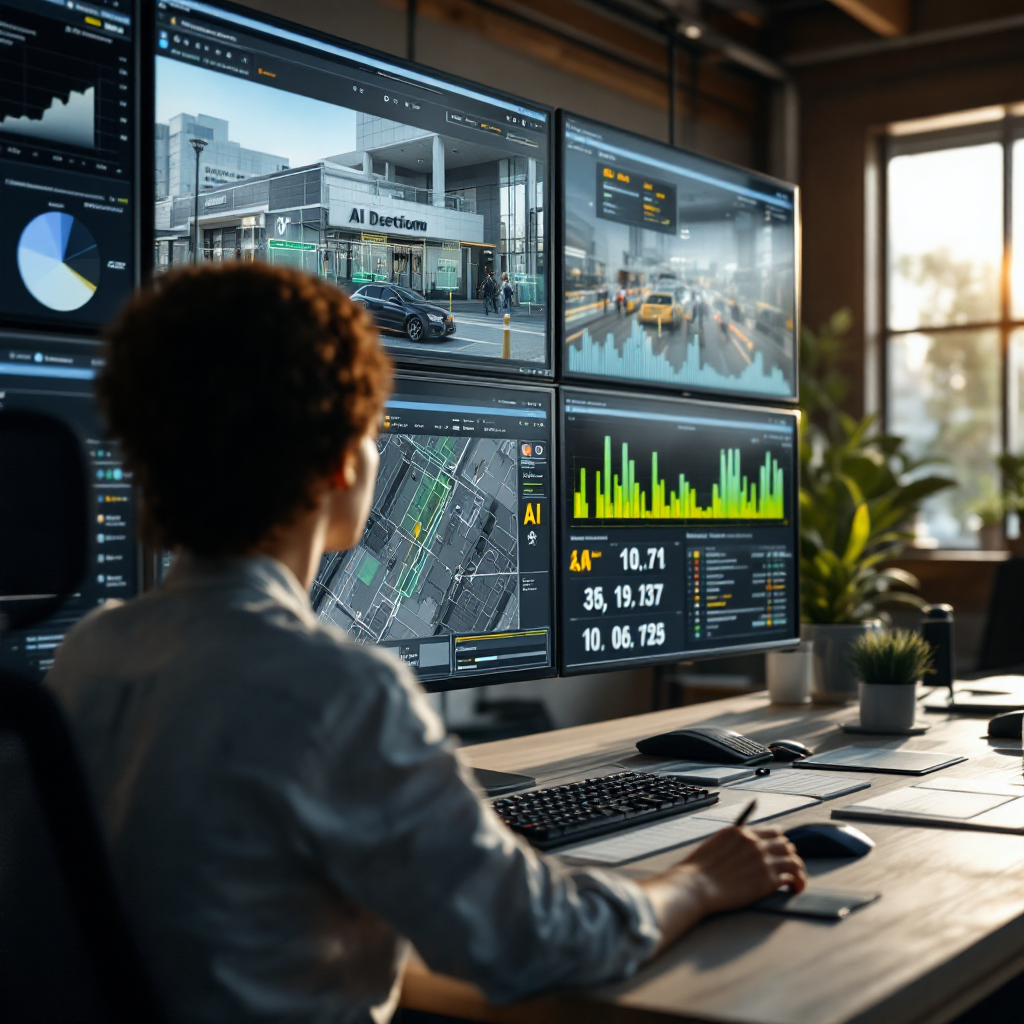
AI video analytics for Milestone Systems XProtect
AI video analytics platform overview in Milestone XProtect VMS AI video analytics refers to the automated processing of video footage to extract meaningful events, classify objects, and trigger responses. It helps security teams move from manual review to faster decision-making, and it makes legacy camera networks searchable. In modern video management, AI and metadata combine […]
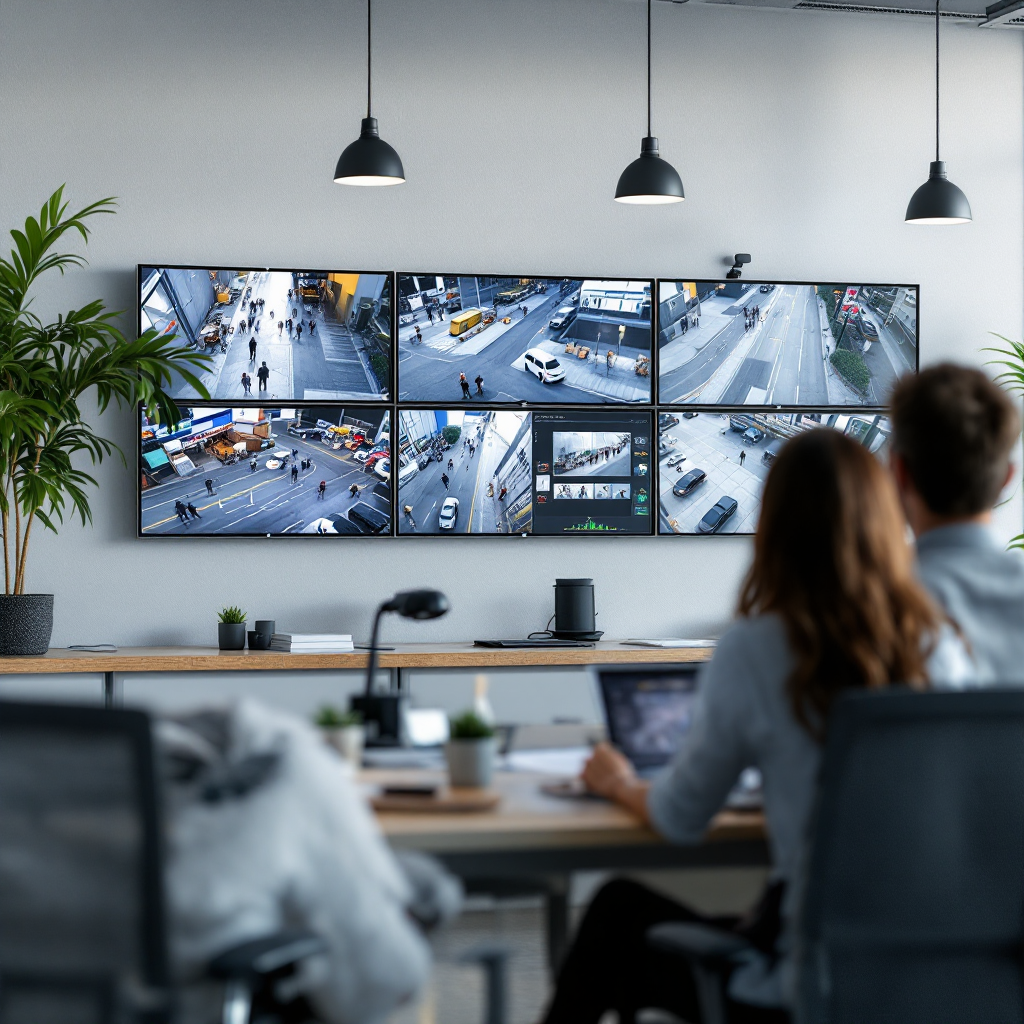
AI video analytics on Milestone XProtect for surveillance
Milestone XProtect VMS Video Management and Video Surveillance Milestone XProtect is an open-platform VMS that supports thousands of camera models and many system configurations. First, Milestone provides recording, playback, archiving and system health monitoring in a single, modular package. Next, administrators connect cameras and recorders quickly. Then, teams view live streams and recorded video in […]
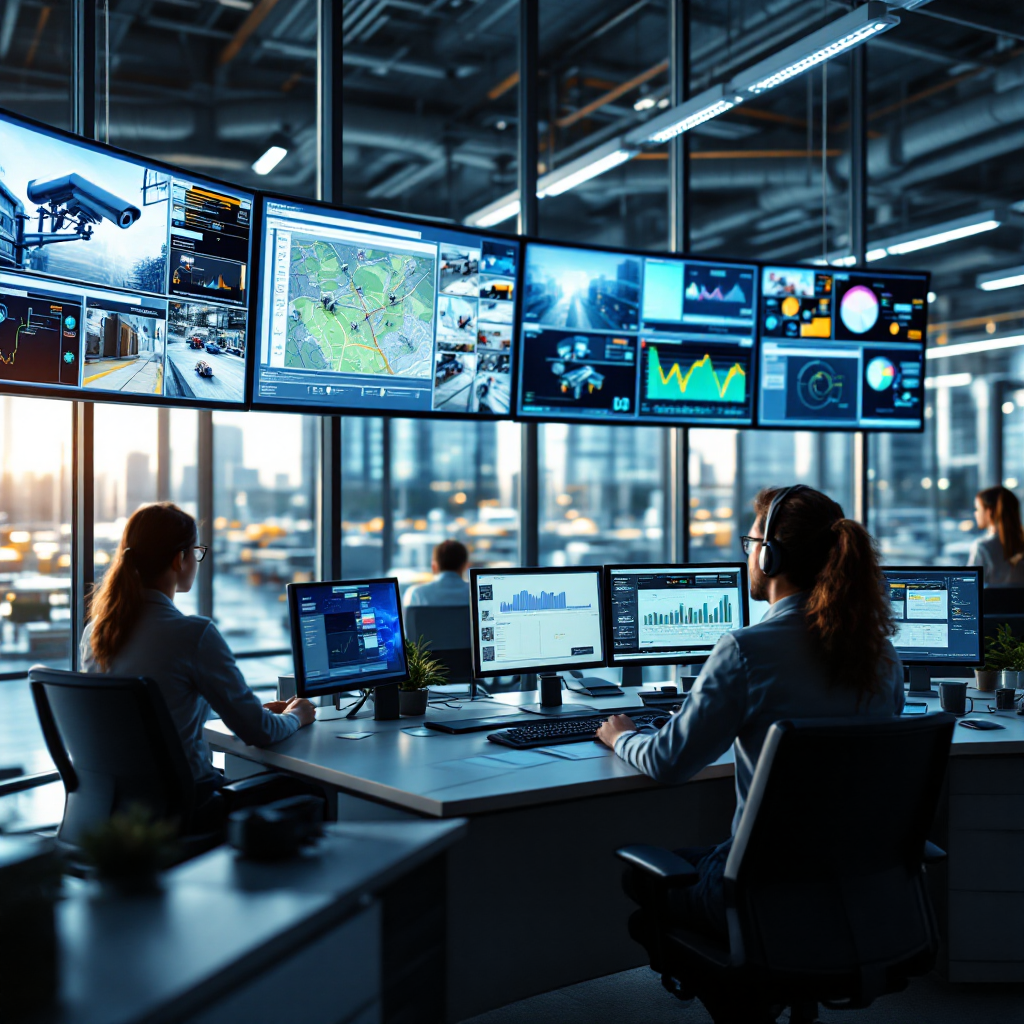
Milestone XProtect® VMS video management software
milestone system: Foundation of the vms landscape milestone system has shaped the VMS market for decades and stands as a global leader in video management software. A vms, or video management system, unifies cameras, recording servers, analytics, and alarms into one operable view and one central operational workflow. Today, milestone powers deployments that serve millions […]

Video management software VMS and analytics platform
vms and video management system: Market overview and definitions Video management has become the backbone of modern security and operations. In simple terms, a video management system ties cameras, storage, recorders, and software into a single workflow that captures, stores, and makes video searchable. A vms performs those functions by offering live view, recording, indexing, […]
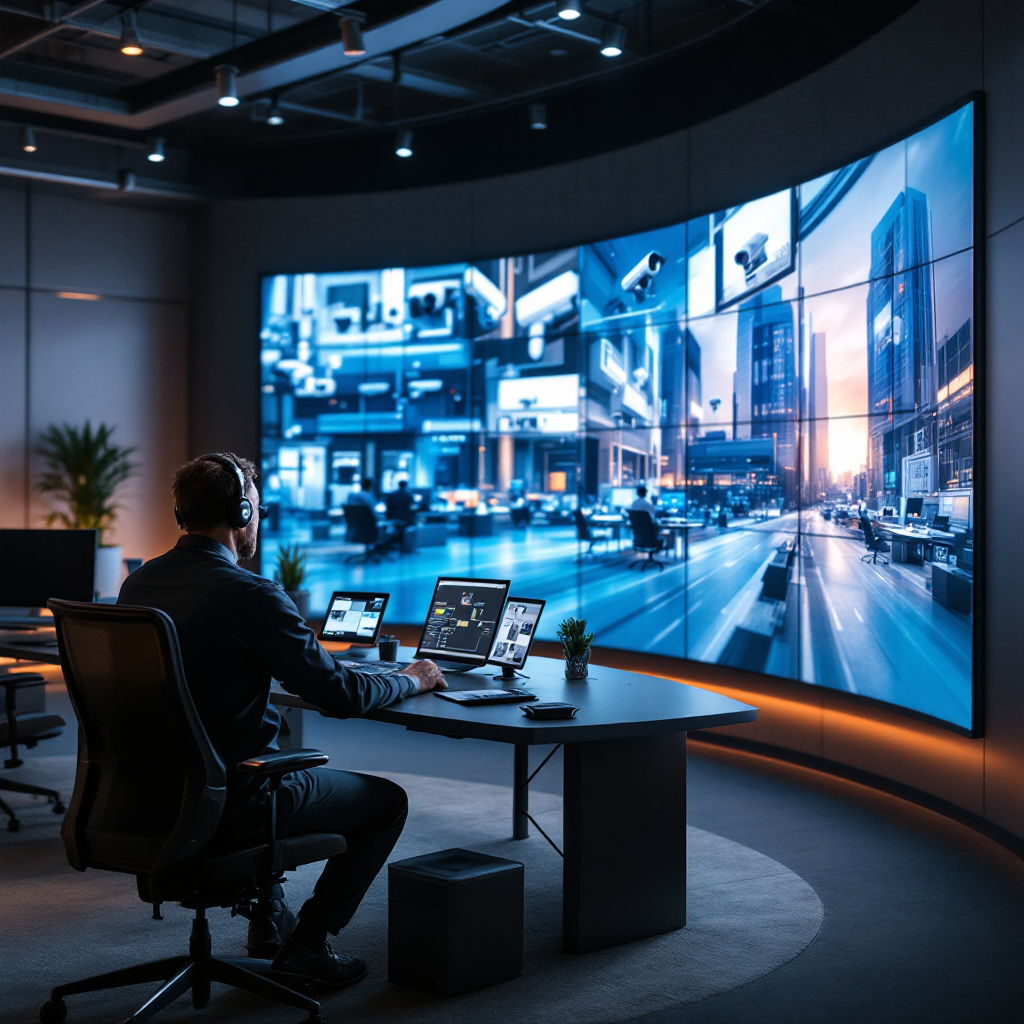
Role of a CCTV Control Room Operator
CCTV and CCTV Camera: Basics for the Control Room Operator Closed-circuit television is the backbone of many modern security systems. First, a control room operator needs to understand that closed-circuit television, or cctv, captures images from surveillance cameras and sends them back to a central monitoring hub. Next, the cctv camera records and streams video […]
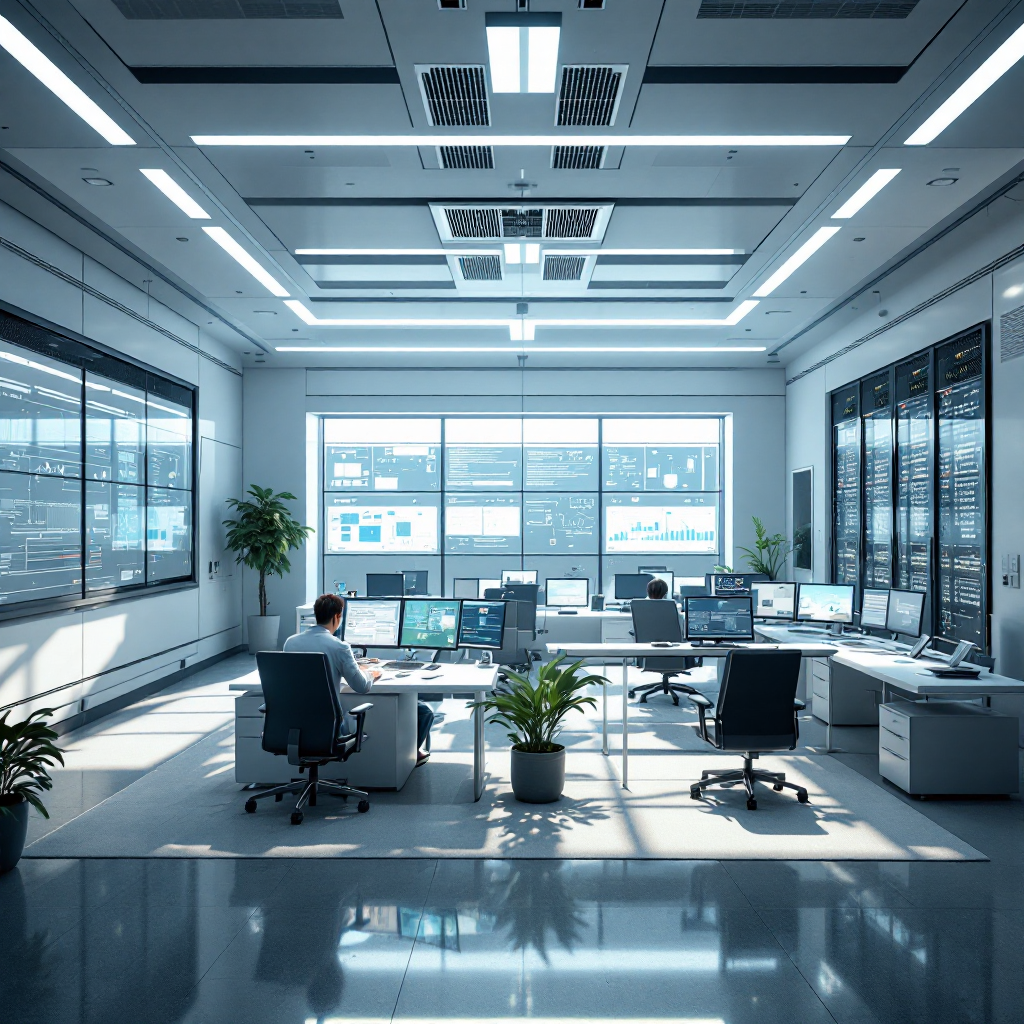
Control Room Essentials: CCTV Control Room and Video Wall
control room Essentials: room design for cctv systems Designing a control room starts with location and access. Choose a central location with restricted access and minimal external noise, and position the control center where building security and foot traffic remain separate. Next, plan the room design so that operator consoles, server racks, and cabling pathways […]
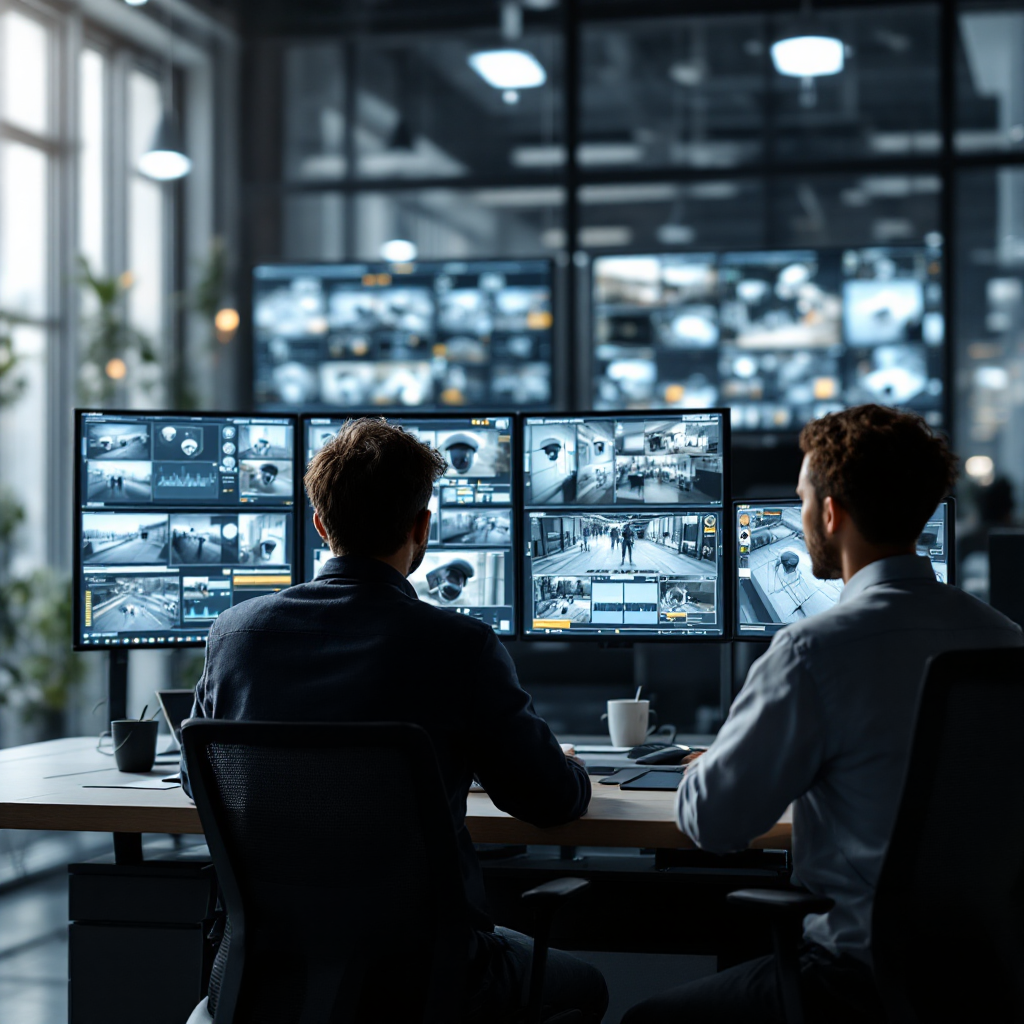
Forensic Search: Genetec Solution for Crime Patterns
genetec forensic search functionality Genetec Clearance sits at the intersection of VIDEO, records, and chain-of-custody. It provides a unified PLATFORM that teams use to collect, annotate, and present evidence. For many agencies, this solution turns raw footage into structured items that an investigator can use in court. For example, the platform supports bit-for-bit IMAGING of […]
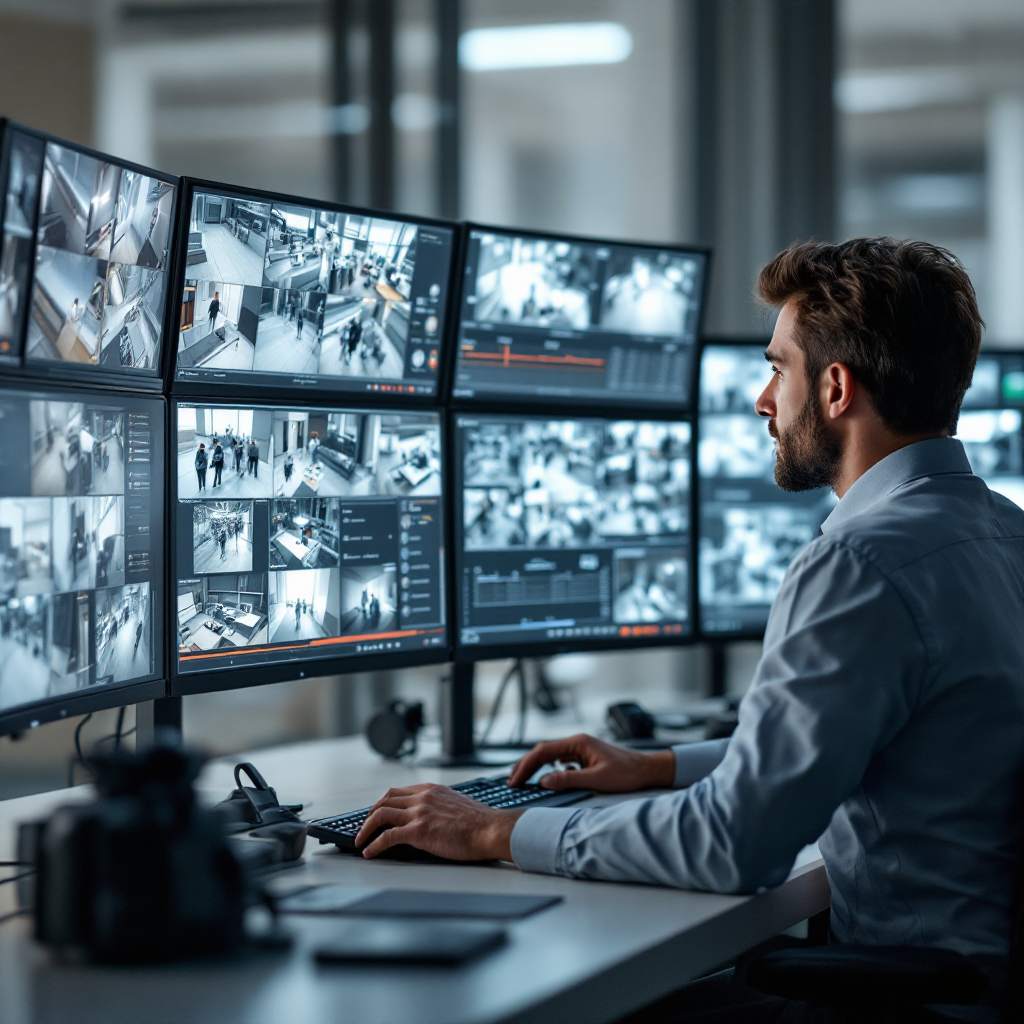
Forensic search video analytics for efficient investigations
Forensic video analytics in modern forensic investigations Forensic video analytics is the intersection of computational methods and investigative practice. It converts recorded video into structured evidence for efficient evidence gathering and case work. Forensic teams face thousands of hours of footage from CCTV, body cameras, and mobile sources, and they need tools that sift and […]
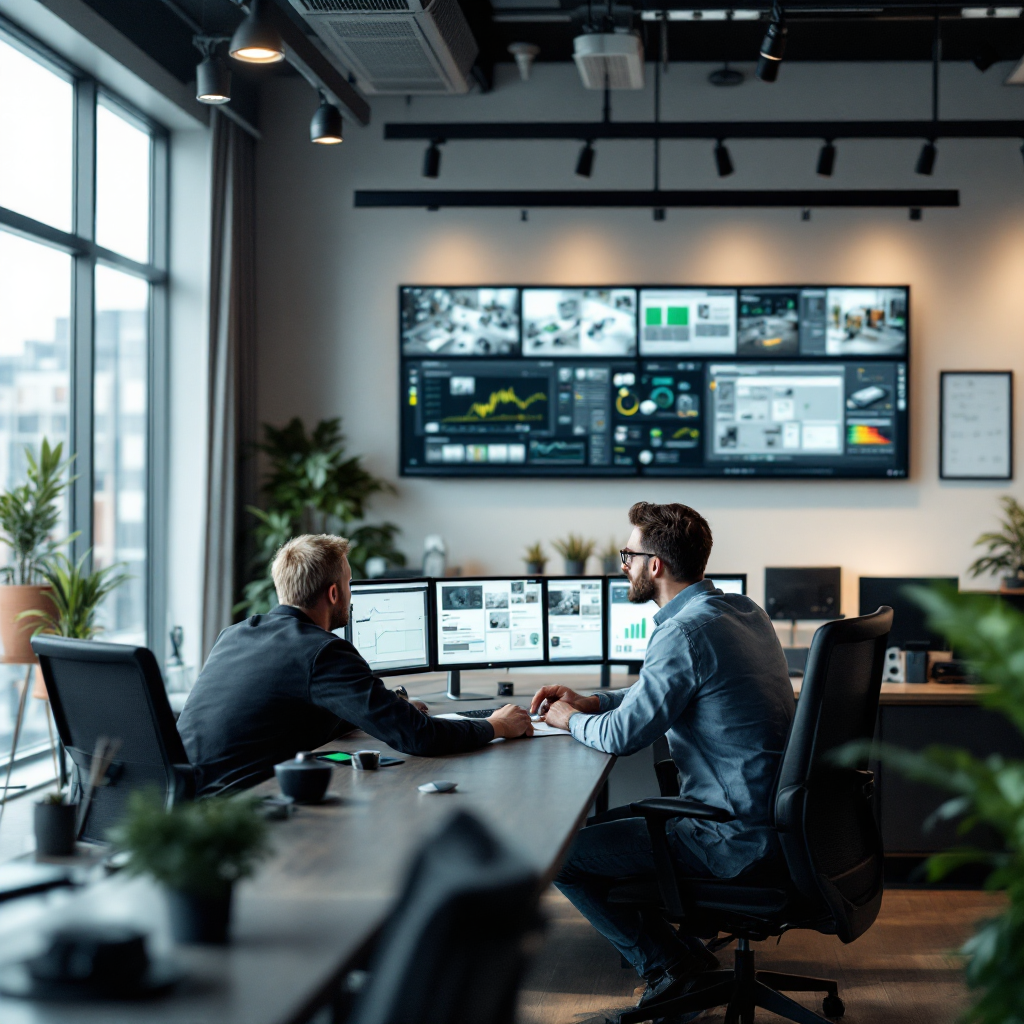
AI video analytics agents for real-time insights
ai is transforming video processing across industries AI is transforming how teams handle video processing across industries. Also, businesses now convert CCTV into active sensors that feed operations as well as security. Additionally, the global video analytics market will reach an estimated £9.4 billion by 2027 at a CAGR near 20.5% (market growth). Therefore, demand […]

